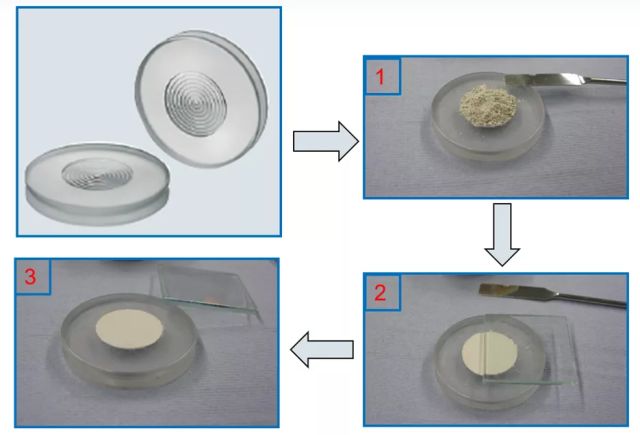Fundamental Steps in Sample Preparation
Grinding the Sample into Powder
Grinding the sample into a fine powder is a critical step in preparing it for diffraction experiments. This process ensures that the sample has a large number of crystals in the exposed volume, which is essential for accurate and reproducible diffraction data. The grinding process is designed to minimize particle size effects, thereby allowing for uniform and consistent results.
For materials that are soft and malleable, grinding may not be feasible. In such cases, cutting the material into smaller, homogeneous pieces might be necessary. Specialized equipment like cutting mills or knife mills can be used to achieve this fine-grained condition.
There are various types of grinding machines available, each suited for different sample sizes and industries. The two most common types are vibratory mills and planetary mills. Vibratory mills are typically categorized by sample size, ranging from 300g to 10g, and can process multiple samples simultaneously. Planetary mills, on the other hand, offer a different mechanism for grinding samples to a fine powder, making them suitable for a variety of applications.
In some scenarios, loose powders or granulates can be analyzed directly in liquid cups for screening purposes. However, this method may not provide the same level of accuracy and reproducibility as grinding, and there could be a loss of intensity for light elements. For more precise measurements, processing small pieces of jaw-crushed samples through a vibratory grinder is recommended.
Creating a Flat Surface Specimen
To meet the stringent requirements of diffractometry, the sample powder must be meticulously transformed into a specimen with an exceptionally flat surface. This process is crucial to ensure that the diffraction patterns obtained are both accurate and reproducible. A flat surface minimizes the broadening of diffraction lines, which can otherwise obscure the true intensity measurements and lead to erroneous data interpretation.
Several techniques can be employed to achieve this level of flatness:
-
Pressing and Compacting: The powder can be pressed into a mold to create a uniform and flat surface. This method ensures that the particles are evenly distributed and compacted, reducing the likelihood of surface irregularities.
-
Lapping and Polishing: Advanced techniques such as lapping and polishing can be used to further refine the surface. These methods involve the gradual removal of material to achieve a mirror-like finish, which is essential for high-resolution XRD measurements.
-
Using Sample Holders: Specialized sample holders designed to maintain a flat surface can be utilized. These holders often come with adjustable screws or clamps that help in pressing the powder into a flat configuration without introducing additional stresses or deformations.
By employing these techniques, researchers can ensure that their XRD specimens meet the exacting standards necessary for precise and reliable diffraction analysis.
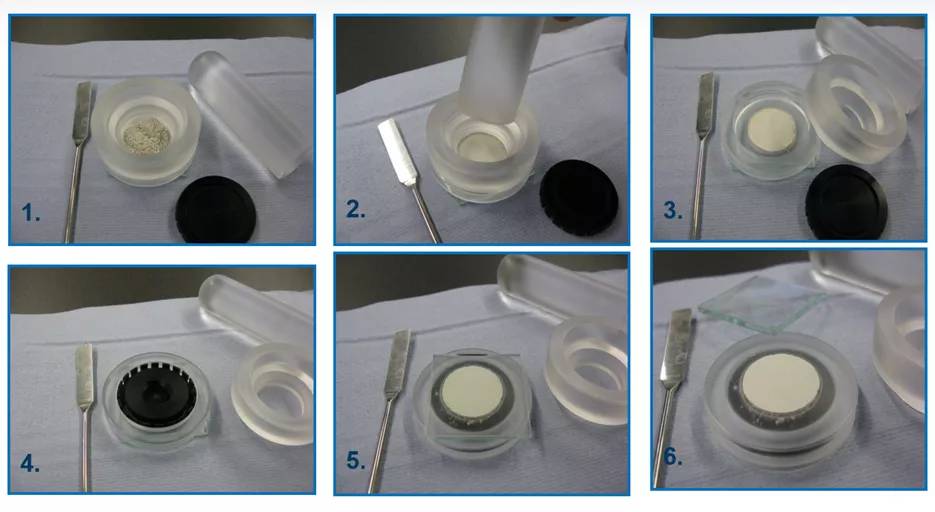
Requirements for Sample Powder Size
Importance of Fine Powder
The sample must be ground into a very fine powder to ensure that the grains are randomly oriented. This random orientation is crucial for achieving continuous diffraction rings, which are essential for accurate and reproducible intensity measurements. When the particles are uniformly distributed and randomly oriented, the diffraction patterns become more consistent, reducing the variability in the data.
To illustrate the significance of particle size, consider the following:
| Particle Size (μD) | Ideal for XRD? | Impact on Diffraction Patterns |
|---|---|---|
| μD < 0.01 | Yes | Continuous diffraction rings |
| 0.01 ≤ μD < 0.1 | Maybe | Possible gaps in diffraction |
| μD ≥ 0.1 | No | Inconsistent and weak patterns |
Fine particles (μD < 0.01) are ideal because they ensure that a large number of crystals are present in the exposed volume, leading to a more comprehensive and reliable diffraction pattern. This granularity grading is critical for maintaining the integrity of the XRD data, as larger particles can result in gaps or inconsistencies in the diffraction rings.
In summary, the meticulous preparation of the sample into a fine powder is not just a procedural step but a fundamental requirement for obtaining high-quality XRD data.
Particle Size Grading
The granularity of the powder is a critical factor in ensuring the effectiveness of X-ray diffraction (XRD) experiments. This granularity is quantified by the value of μD, where μ represents the linear absorption coefficient and D denotes the average diameter of the crystal. The ideal particle size for XRD analysis is typically characterized by fine particles, specifically those with μD values less than 0.01.
Fine particles are preferred because they facilitate a more uniform and random orientation of the crystallites within the sample. This random orientation is essential for producing continuous diffraction rings, which are crucial for obtaining reproducible intensity values. The smaller the particle size, the more likely the crystallites are to orient themselves randomly, thereby enhancing the quality and reliability of the diffraction data.
To better understand the significance of particle size grading, consider the following table:
| Particle Size (μD) | Characteristics | Impact on XRD Analysis |
|---|---|---|
| μD < 0.01 | Fine particles | Ideal for random orientation |
| 0.01 ≤ μD < 0.1 | Moderately fine particles | May still produce good results |
| μD ≥ 0.1 | Coarse particles | Likely to cause diffraction issues |
In summary, achieving the ideal particle size grading is not just about the fineness of the powder but also about ensuring that the crystallites are uniformly distributed and randomly oriented. This uniformity and randomness are key to obtaining high-quality diffraction data that can be reliably used for further analysis.
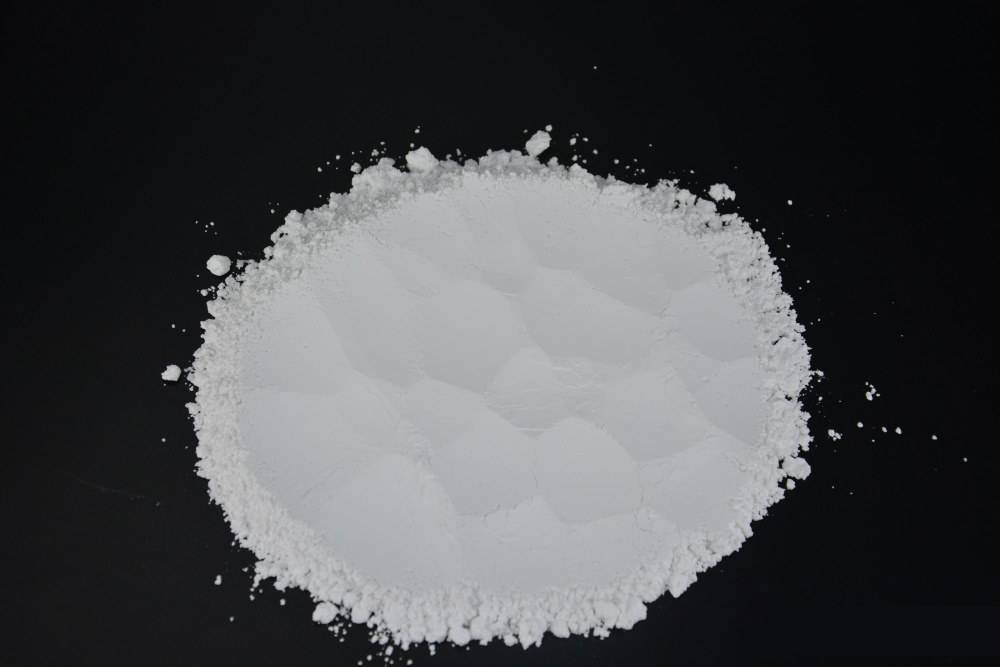
Preparation of Sample Specimen Plane
Flat Surface Requirements
Ensuring the sample specimen has a perfectly flat surface is crucial for accurate X-ray diffraction (XRD) measurements. A non-flat surface can lead to the broadening of diffraction lines, which can obscure critical data points and compromise the precision of intensity readings.
To achieve the necessary flatness, several meticulous steps must be followed. First, the sample powder must be uniformly spread across the specimen holder. This can be achieved by using a fine brush or a specialized spreading tool to ensure an even distribution. Next, the specimen should be subjected to a series of light compressions to consolidate the powder without causing any significant deformation. This process helps in creating a stable and uniform surface.
Additionally, the use of a flat-bottomed sample holder can aid in maintaining the required flatness. These holders are designed to provide a consistent base, minimizing any potential irregularities that could arise from using a less precise container. Furthermore, periodic checks with a microscope or other surface inspection tools can help in verifying the flatness and making any necessary adjustments.
By adhering to these procedures, researchers can ensure that their XRD measurements are both accurate and reproducible, providing reliable data for further analysis and interpretation.
Methods to Avoid Selective Orientation
To ensure the randomness of crystal orientation and prevent selective orientation in X-ray diffraction (XRD) samples, several techniques are employed. Fine sieve sifters are commonly used to homogenize the particle size distribution, thereby reducing the likelihood of preferential alignment. This method involves passing the sample through progressively finer sieves to achieve a uniform particle size, which promotes random orientation.
Chopping lightly is another effective strategy. By gently breaking the sample into smaller fragments, the mechanical action disrupts any existing orientation patterns without significantly altering the particle size. This technique is particularly useful for samples that are prone to forming aggregates or clusters, which can lead to non-random orientations.
Additionally, adding isotropic materials such as magnesium oxide (MgO) or calcium fluoride (CaF2) to the sample mixture can help mitigate selective orientation. These materials, known for their isotropic properties, blend seamlessly with the sample, introducing a degree of randomness that can counteract any preferential alignment. The inclusion of these additives ensures that the diffraction patterns are more representative of the overall sample composition, rather than just a subset of oriented particles.
By combining these methods—fine sieve sifters, light chopping, and the incorporation of isotropic materials—researchers can significantly enhance the randomness of crystal orientation in their XRD samples, leading to more accurate and reproducible diffraction data.
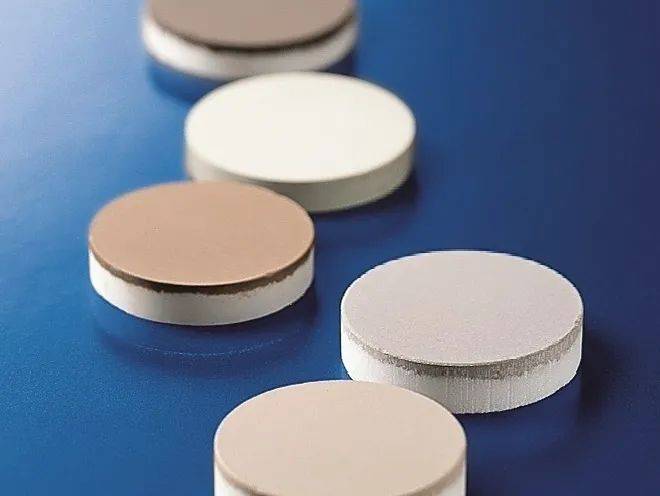
Sample Preparation Tips
General Guidelines
When preparing samples for X-ray diffraction (XRD) experiments, it is crucial to maintain the integrity of the sample's composition and physicochemical properties. This ensures that the results obtained from the diffraction analysis accurately reflect the true characteristics of the material under study.
To achieve this, several key practices should be followed:
-
Minimize Exposure to Air and Moisture: Some materials are sensitive to environmental conditions. For instance, certain compounds can absorb moisture or react with atmospheric gases, altering their structure and composition. Using airtight containers and handling samples in controlled environments can mitigate these risks.
-
Avoid Mechanical and Thermal Stress: Grinding and sieving processes, while necessary, can introduce mechanical stress that might cause microstructural changes. Similarly, thermal treatments should be carefully controlled to prevent phase transformations or degradation. Techniques such as cryogenic grinding or gentle mechanical processing can be employed to minimize these effects.
-
Use Isotropic Materials: Adding isotropic materials like magnesium oxide (MgO) or calcium fluoride (CaF₂) can help in achieving a more uniform and random orientation of the sample particles. This is particularly important for ensuring that the diffraction patterns are not skewed by selective orientation of larger particles.
By adhering to these guidelines, researchers can ensure that the prepared samples remain true to their original state, thereby providing reliable and reproducible XRD data.
Specific Preparation Methods
When preparing samples for X-ray diffraction (XRD) experiments, the choice of preparation methods is crucial and is largely determined by the physical and chemical properties of the sample. Grinding is often the first step, where the sample is reduced to a fine powder to ensure that the crystallites are small enough to provide a uniform distribution of orientations. This uniformity is essential for obtaining continuous diffraction rings and reproducible intensity values.
Sieving follows grinding, ensuring that the particle size is consistent and falls within the optimal range for XRD analysis. The granularity of the powder is typically graded by the value of μD, where μ is the linear absorption coefficient and D is the average diameter of the crystal. Fine particles (μD < 0.01) are ideal as they minimize the broadening of diffraction lines and enhance the accuracy of intensity measurements.
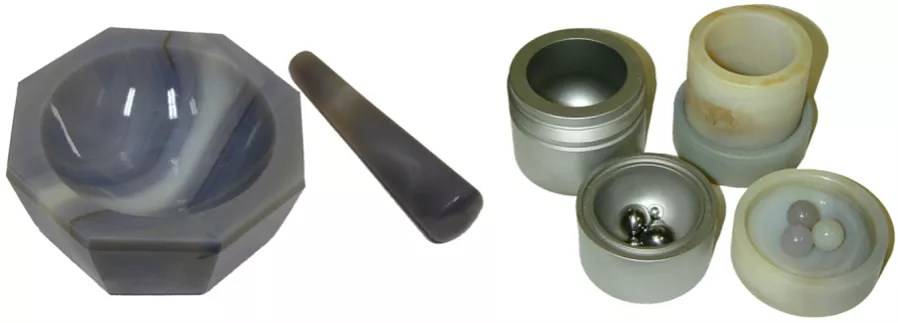
Annealing is another critical method, particularly for samples that may have undergone structural changes due to grinding or other mechanical processes. Annealing helps to restore the crystalline structure, ensuring that the sample's properties are as close to the original as possible. This step is particularly important for maintaining the integrity of the sample's composition and physicochemical properties throughout the preparation process.
Each of these methods—grinding, sieving, and annealing—plays a vital role in the preparation of XRD samples, ensuring that the final specimen meets the exacting requirements for accurate and reliable diffraction analysis.
Related Products
- XRD Sample Holder X-ray Diffractometer Powder Slide
- Automatic Laboratory Hydraulic Press for XRF & KBR Pellet Press
- XRF & KBR plastic ring lab Powder Pellet Pressing Mold for FTIR
- XRF & KBR steel ring lab Powder Pellet Pressing Mold for FTIR
- XRF Boric Acid Lab Powder Pellet Pressing Mold for Laboratory Use
Related Articles
- A Guide To PREPARE SAMPLES FOR XRF ANALYSIS
- How to Choose the Right XRF Pellet Press for Your Needs
- What is xrf analysis and how to making pressed xrf pellets
- Techniques for Sample Preparation in X-Ray Fluorescence Analysis: Pressed and Loose Powder Methods
- Dilution Ratios for XRF Pelletising Finding the Optimal Balance
